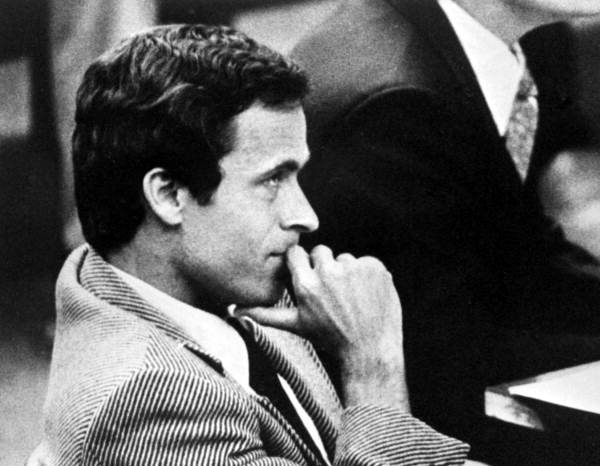If you have even a passing interest in either true crime or Zac Efron, you probably have heard of the new movie based around the crimes and trial of infamous serial killer Ted Bundy. The verbosely titled Extremely Wicked Shockingly Evil and Vile, which I have to admit I had to look up to make sure I got the title order correct, is the latest work concerning the brutal killer by director Joe Berlinger, who previously was the executive producer for the documentary series Conversations With a Killer: The Ted Bundy Tapes.
If I am being honest, I am torn about the film and whether or not it successfully achieves the intended goal of really showing the double life led by Bundy without overly glorifying him. One of the biggest issues with true crime today is the danger of idolizing the villains of these events and pulling the focus away from those who really deserve it: the victims. Extremely Wicked Shockingly Evil and Vile struggles the hardest with this out of all the true crime media I have seen recently.
While the goal of the film is to tell an often overlooked side of the Ted Bundy story, which is the experience of his fiancée who was oblivious to the true facts of his heinous crimes, the movie suffers primarily from a conflict between intent and image. While it is an interesting premise to work with and opens up avenues for compelling storytelling, it leaves too much open to interpretation, at least early on. Since the girlfriend, who acts as the audience’s window into the story, is not only unaware of Bundy’s horrific true personality and despicable crimes but also supports him through his early trials, the audience is presented an early picture of a Ted Bundy who harbors at least a hint of potential innocence. In my opinion, this early portrayal of an ambiguous Bundy is where most of the issues with the film arise. While it does follow a realistic trickle of information that mirrors the way that Bundy’s friends and family would eventually find out about his true evil, it focuses too much on Bundy’s proclamations of innocence and his fight to “clear his name”. That is not to say that there are no parts early on that show his true side. There is a very well shot scene in a dog shelter where a dog panics after making eye contact with Bundy. The problem is that these looks behind the mask of Bundy do not come frequently enough to really reinforce his two-faced nature, leaving us with a man who may be innocent or may be a despicable killer. Only at the end are we given a concrete display of his evil in the form of a direct flashback.
What makes this accidental sympathetic characterization even more frustrating to me is the fact that the movie is very good from a cinematography angle. There are many shots that are striking or noticeably well shot and the score matches with the tense, dark mood. If only the characterization of the so-called “star” of the film had been more complete, the movie may have been something truly great.



